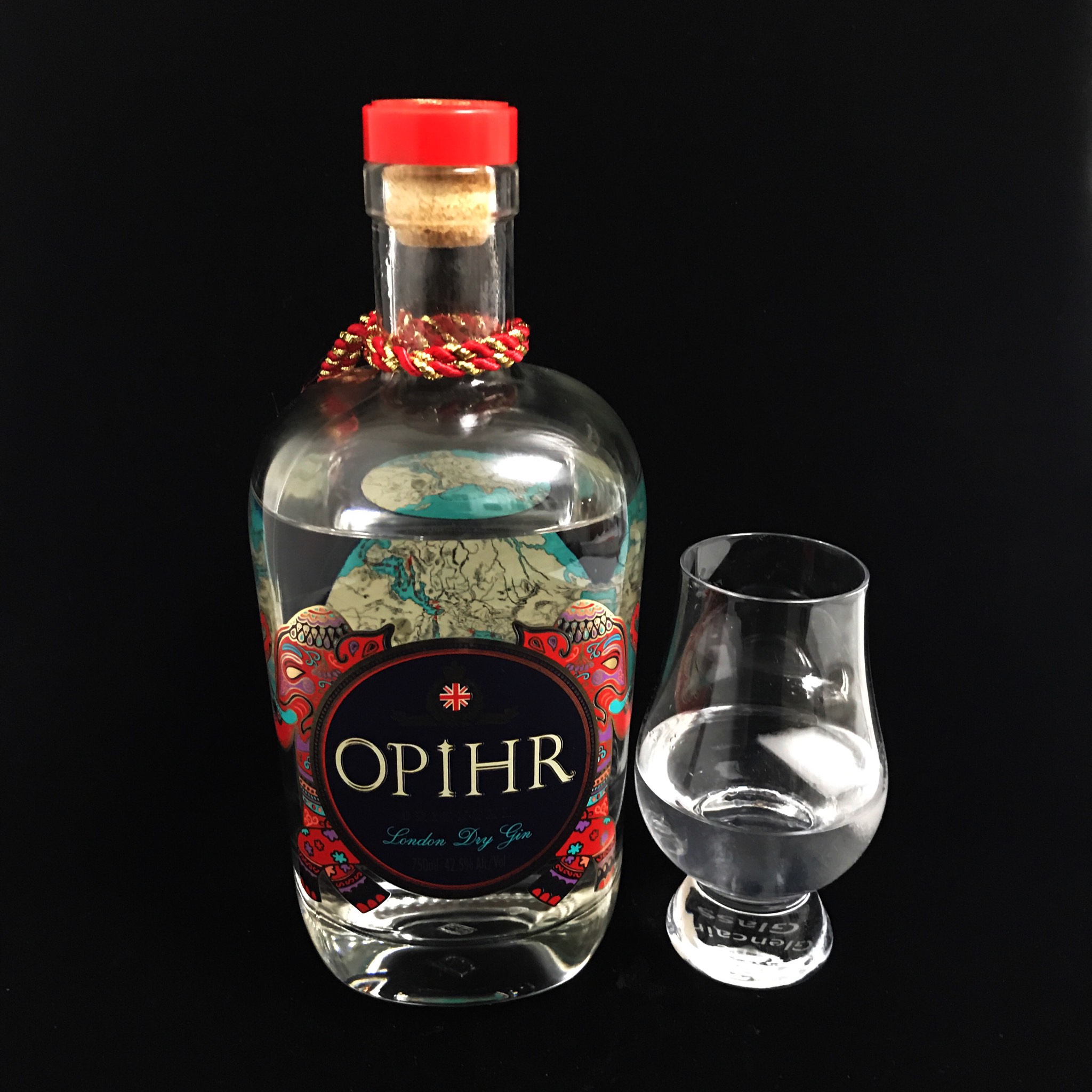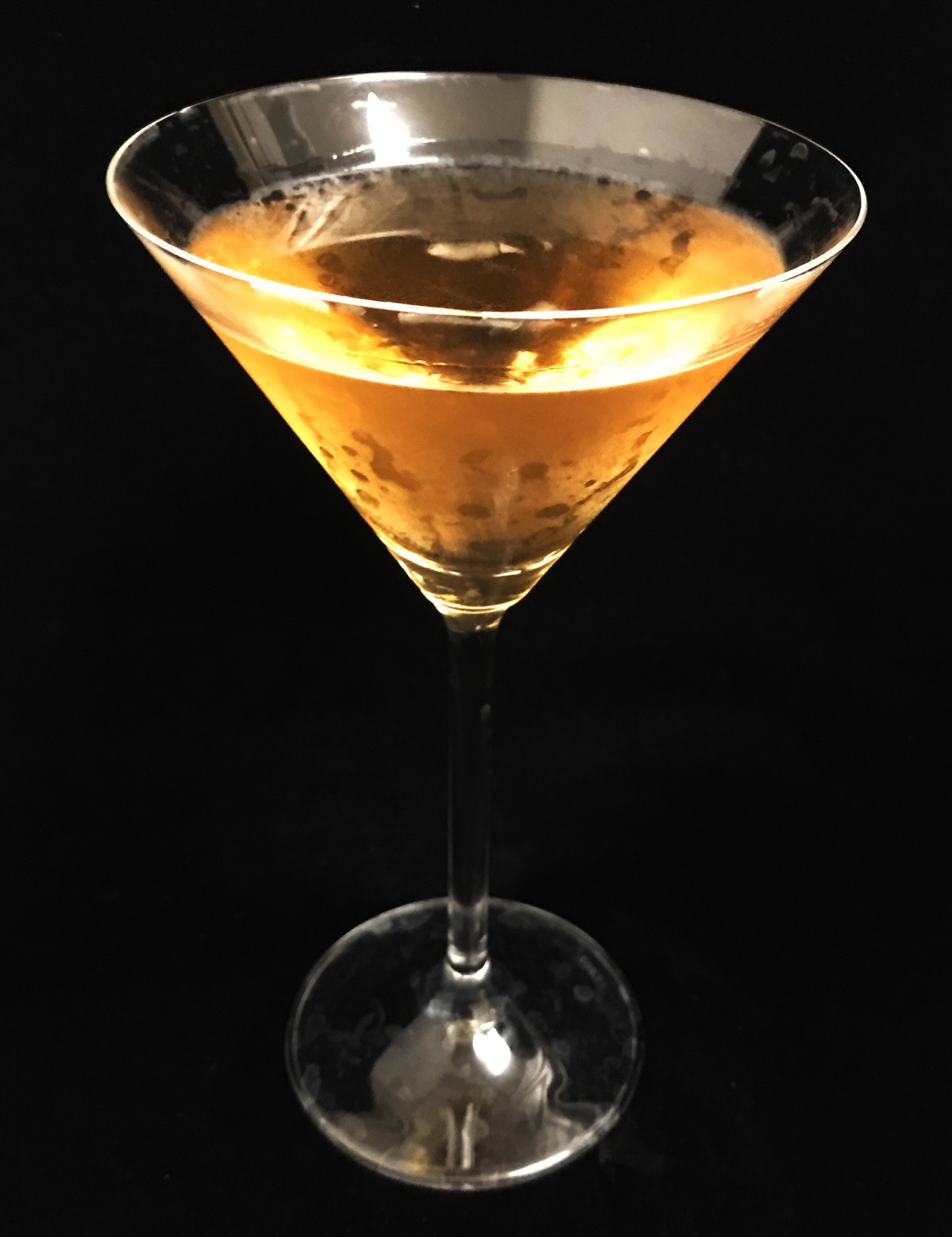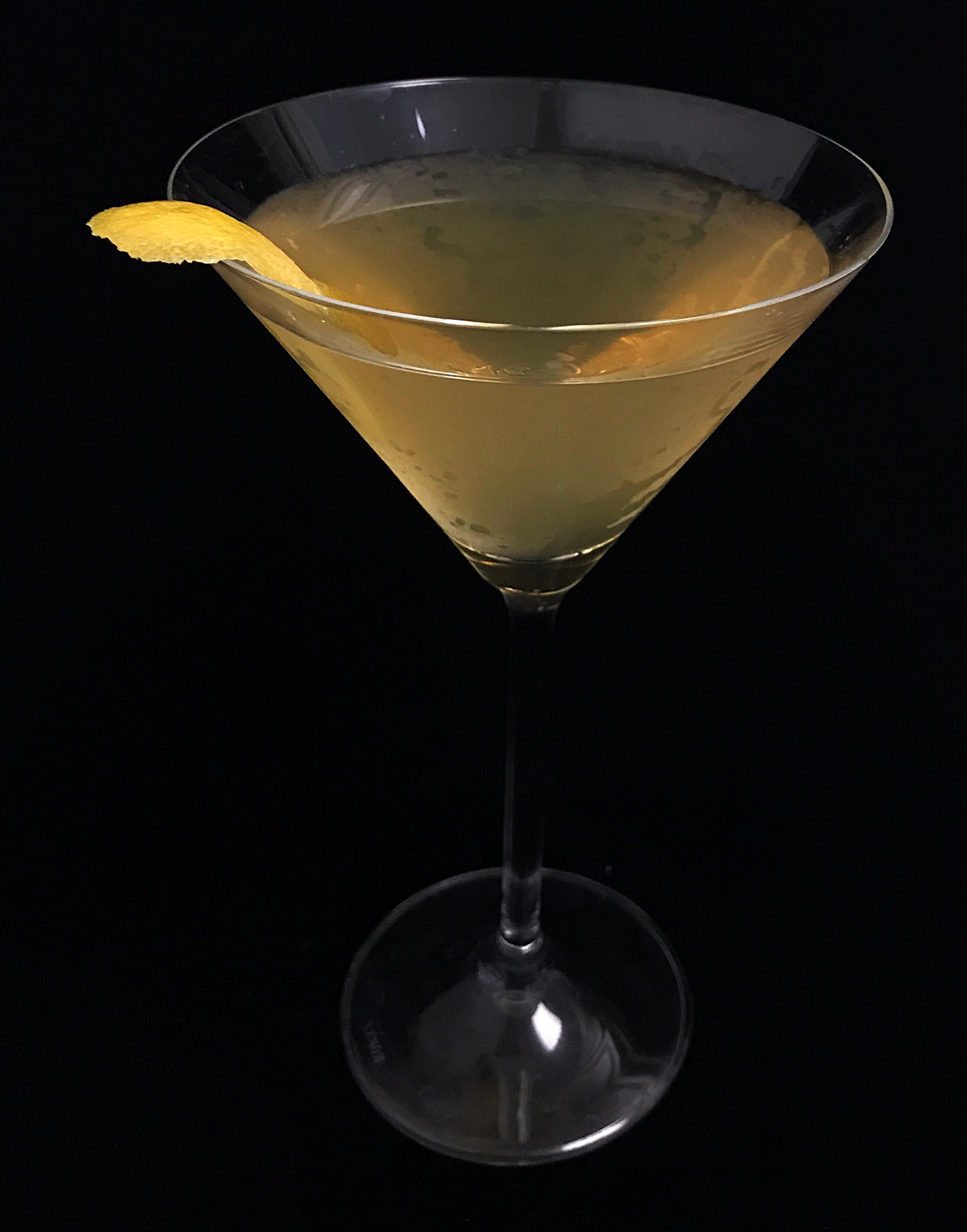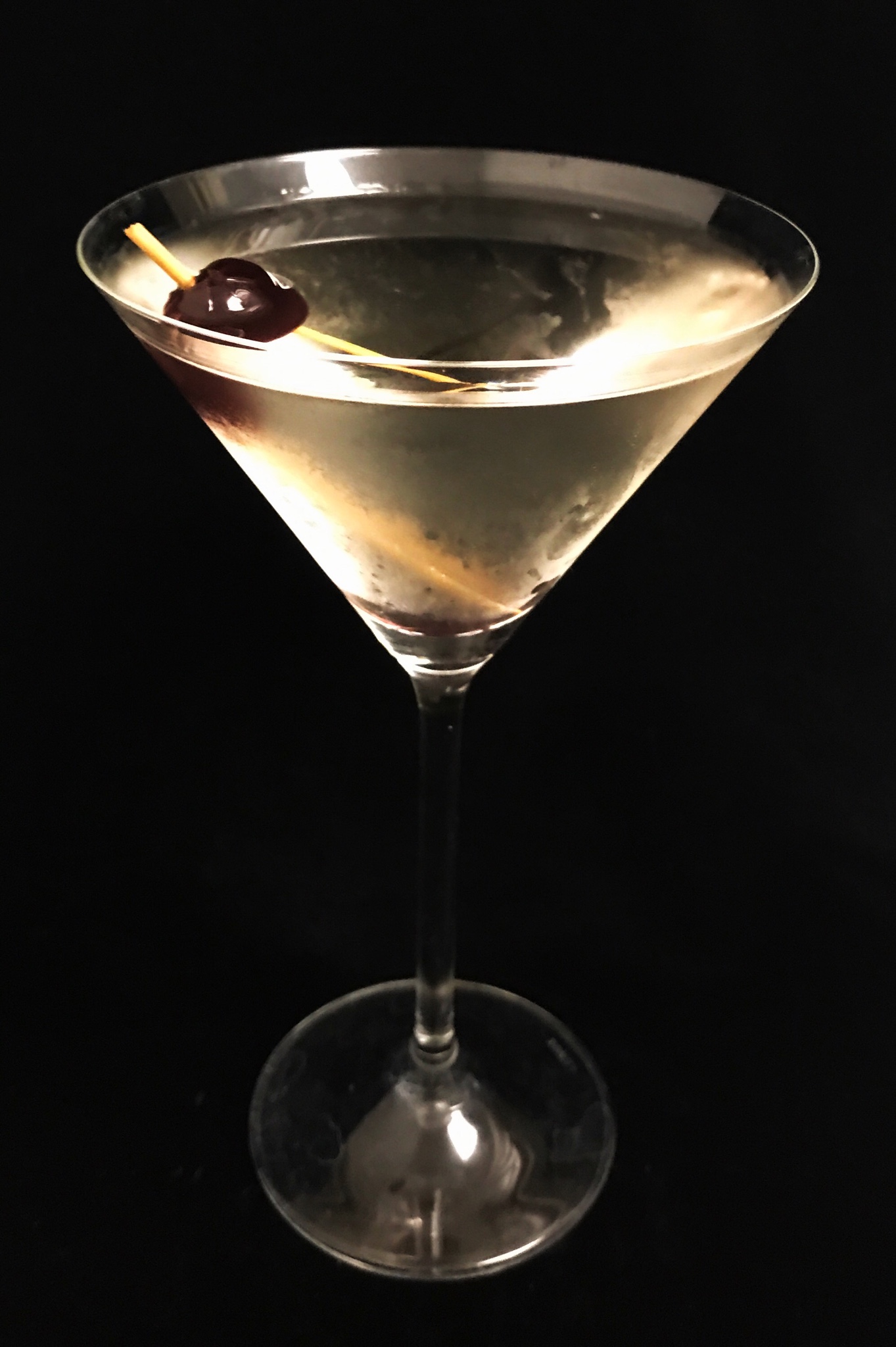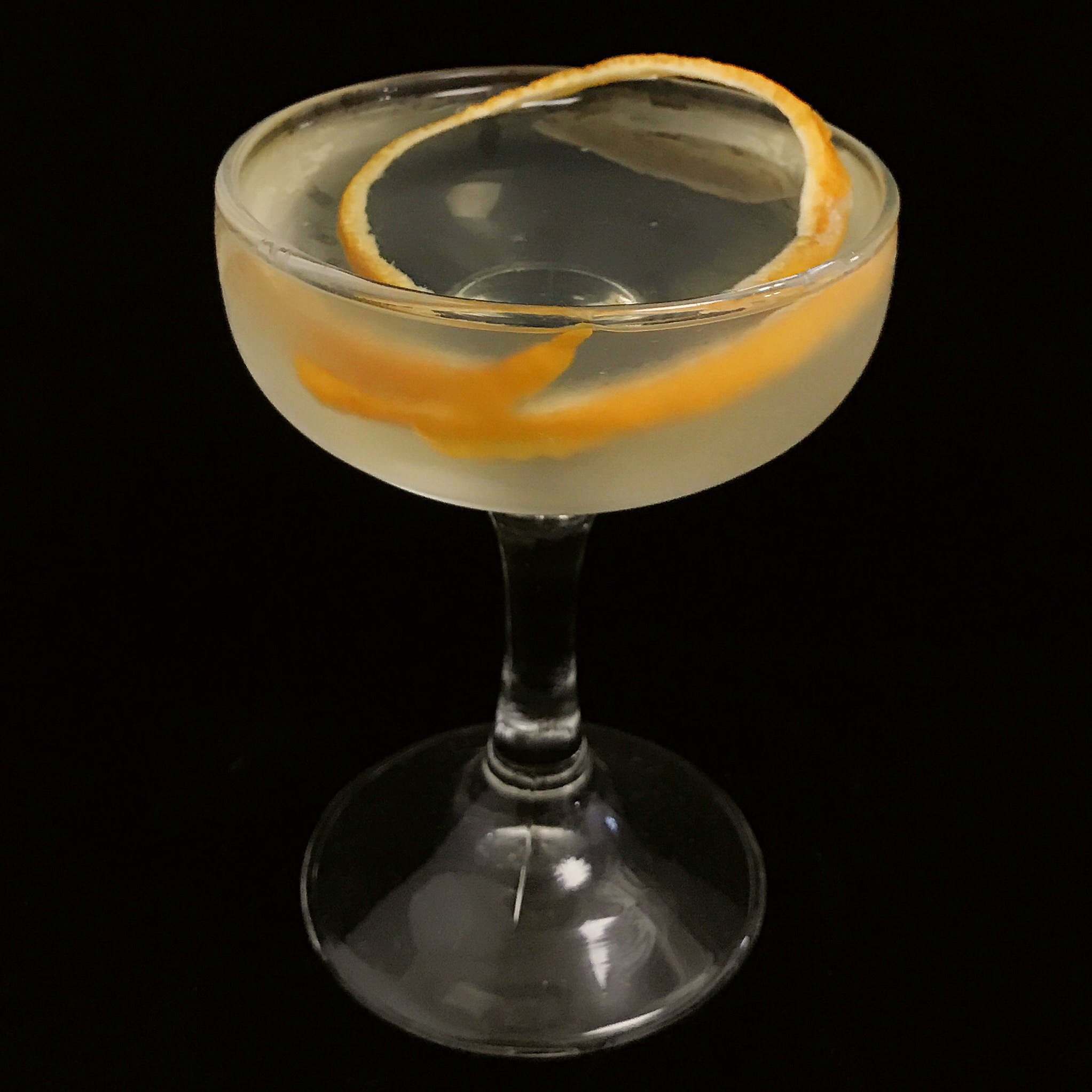From the bartender’s corner – Blood Orange Blossom
Last night, I tried to play with the Nolet’s gin. If you remember, this has a floral accent and low on the juniper-y pine-y stuff. So, I tried the Blood Orange Blossom which introduces the bitter and orange-y Aperol and some lemon juice and simple syrup. I remember making an Orange blossom before with orange liqueur and sweet vermouth but the Blood Orange Blossom came thru much better. So much so, I made two of them last night!!
If you would like to try out some gin cocktail, this might be a good one to start with.
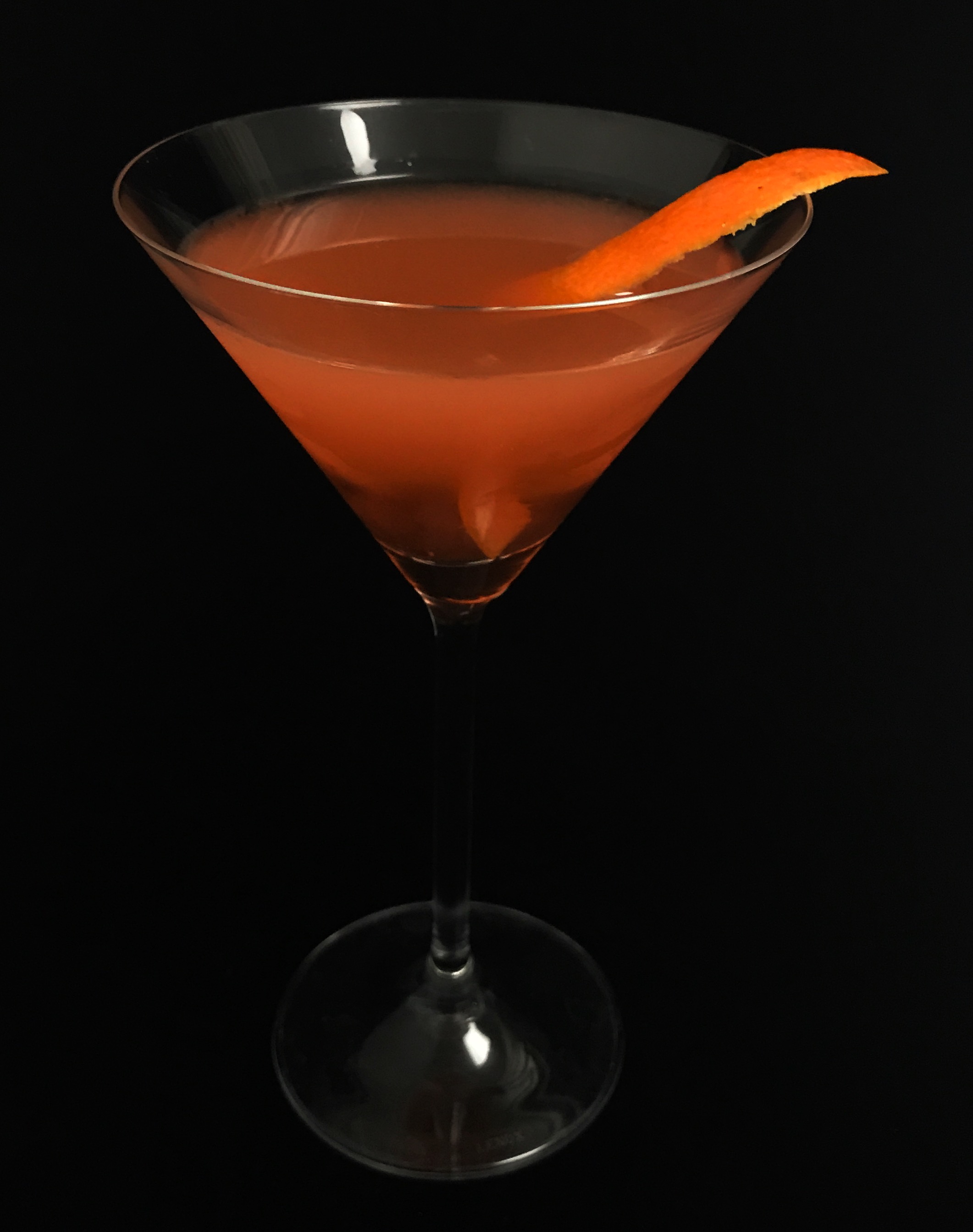
From the bartender’s corner – Gin #10: NOLET’S Silver
Sharmila and I cannot remember who introduced us to Nolet’s but I remember we immediately liked it. We were primarily Hendricks drinkers before that. Therefore, I was not surprised to find out later that some gin connoisseurs describe Nolets as Hendricks on steroids.
This evening I opened the tenth bottle of gin this year for my research and tasting and chose the bottle of Nolet. I usually start by trying it neat. When I did so, it immediately reminded me of ESME from France. It had a strong floral nose to it (Esme has rose). A little more research – and sure enough, one of the key ingredients for Nolet’s Silver is Turkish rose!
While most of the botanicals are kept secret, they do let you know that they use Turkish rose, peach and raspberry. As a result, the nose is very soft and the palette is pretty smooth. Interestingly, juniper – the main ingredient in all gins is very understated. Towards the end, in the finish, you will sense something pine-like and my guess is that is the juniper trying to make a brave attempt in making its presence felt.
The base alcohol is made from European wheat which is fermented and distilled multiple times to give a very strong – 193 proof!! neutral grain spirit. The final gin – at 94 proof – is stronger than most gins but it retains its smoothn and soft side due to the botanicals.
The distillery – Royal Nolet Distillery in Schiedam, Netherlands has a very rich history. It was established in 1691 (making it the oldest distillery in the Netherlands) and used to make Genever. (You may remember Genever to be the original grandfather of modern gin). The distillery is still owned and run by the original family – now in its eleventh generation (Carl Jr. and Bob Nolet). If any of you have had Ketel One vodka – well, that is made in this same distillery. The process uses a Copper Pot / Column hybrid still. Interestingly, the distillery is powered entirely by windmills!!
Thoroughly enjoyed this gin. Will see next what a G&T (gin and tonic) would taste like.
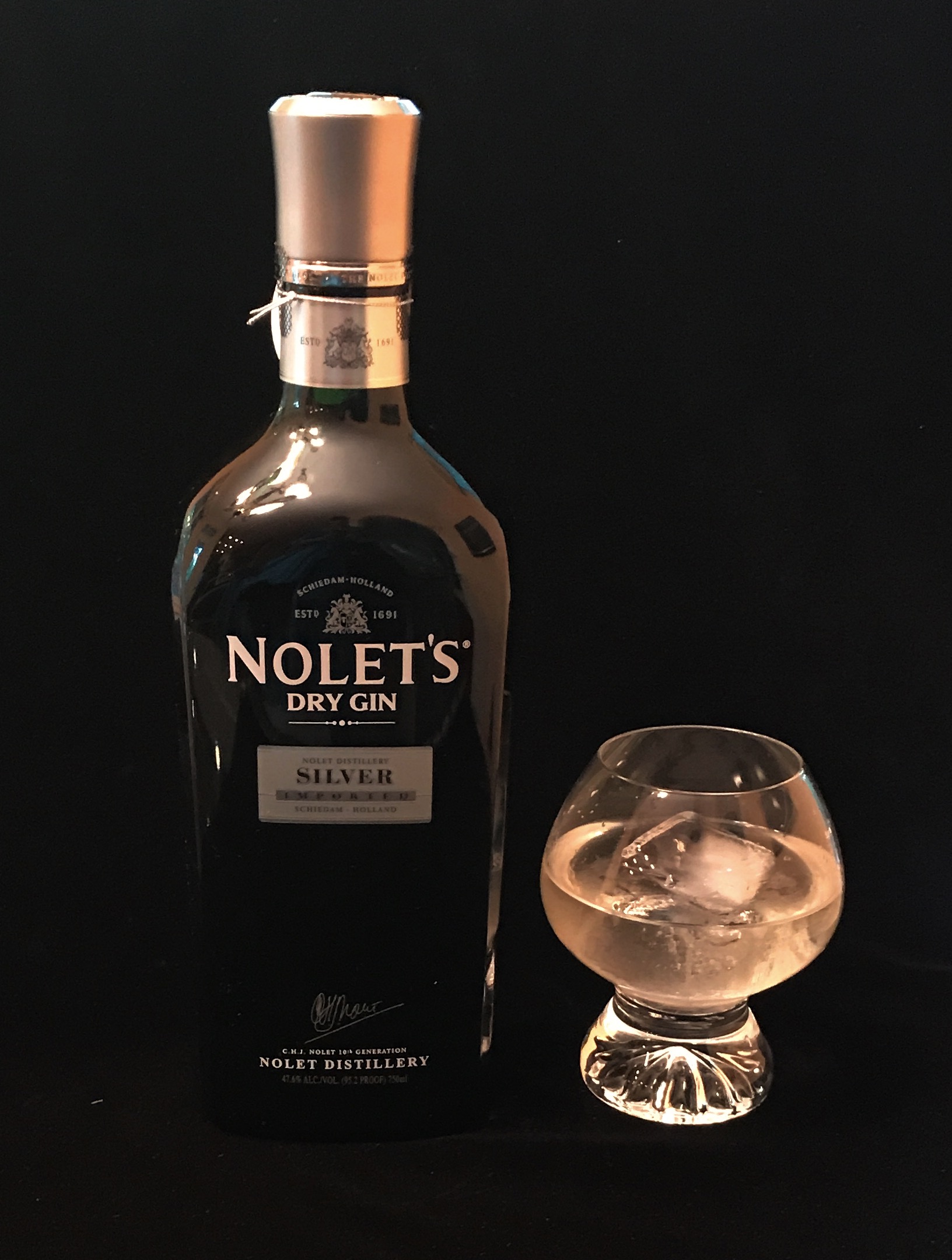
From the bartender’s corner – Arthur Tompkins
From the bartender’s corner – Gin #9: FEW
FEW is an American Style Gin. If you have followed all my Gin research by now, you probably realize that Genever was the original drink from the Belgium/Netherlands area. Then came Tom Gin and finally London Dry style (which is not aged in a barrel at all). American style Gin is a very recent phenomenon and they tend to be (not always) less junipery and a little more citrus forward.
That said, this Gin is very different. To begin with, there is a distinct wood-y nose. Which is surprising for a gin not aged in a barrel till you realize that the base of this gin is not the traditional neutral grain but more akin to white whiskey. The warm toasty malty nose comes from the base of barley, corn and whiskey used.
In terms of the botanicals, other than the standard juniper, citrus, orange peels, lemon and cassia, you have the interesting twists of vanilla (Tahitian vanilla), grains of paradise and home grown hops.
If you are into brown alcohols and want to try gins, you will like this. If you are not too much into barrel aged alcohols, do not take this straight up or with tonic water. Your best way to try this might be with something that compensates for the woody-ness — perhaps a cocktail like Negroni or a Martini.
FEW is made in an interesting place – Evanston – about 30 miles north of Chicago and very close to the Northwestern University. The real interesting part of this area is that this was one of the areas that inspired the Prohibition area!! The distillery is rather new – only about 6 years in existence.
I would also put this gin on the higher end of price – although nothing like Monkey 47.
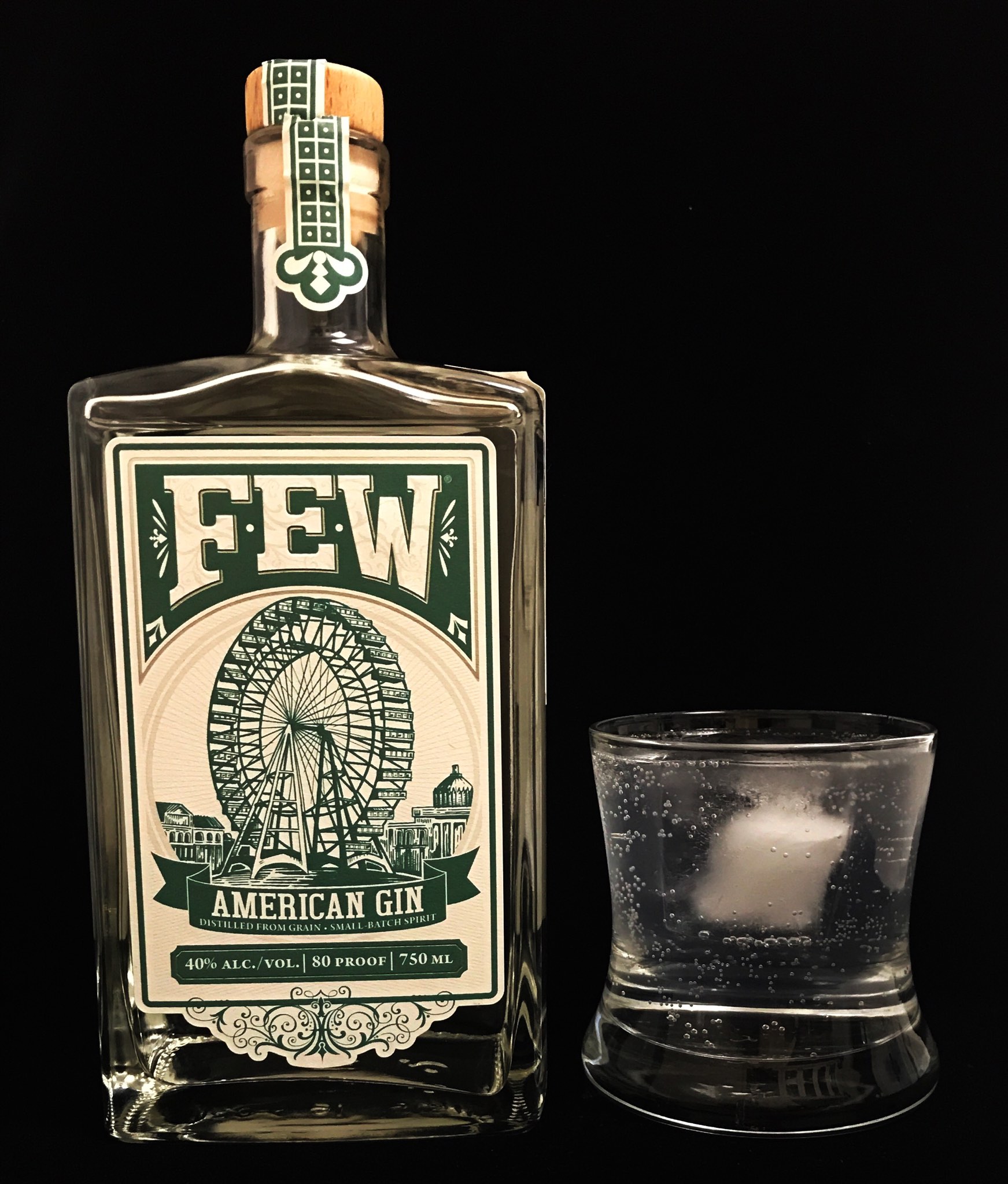
From the bartender’s corner – Esme Aviation
From the bartender’s corner – Esme Jasmine
Jasmine was the first cocktail I experimented with the Esme gin. The floral essence of the gin played rather well with the edgy bitterness of a Campari. To soften the Campari, I went with some Triple Sec and then some lemon juice to retain the citrus-forward gin’s character.
The nose was mostly carried by the gin and the Triple sec – junipers, orange and rose petals were the most prominent. The palette started with the citrusy taste but quickly the soft bitterness of Campari took over and settled down. The finish was mostly the junipers, the lemons and the rose petals.
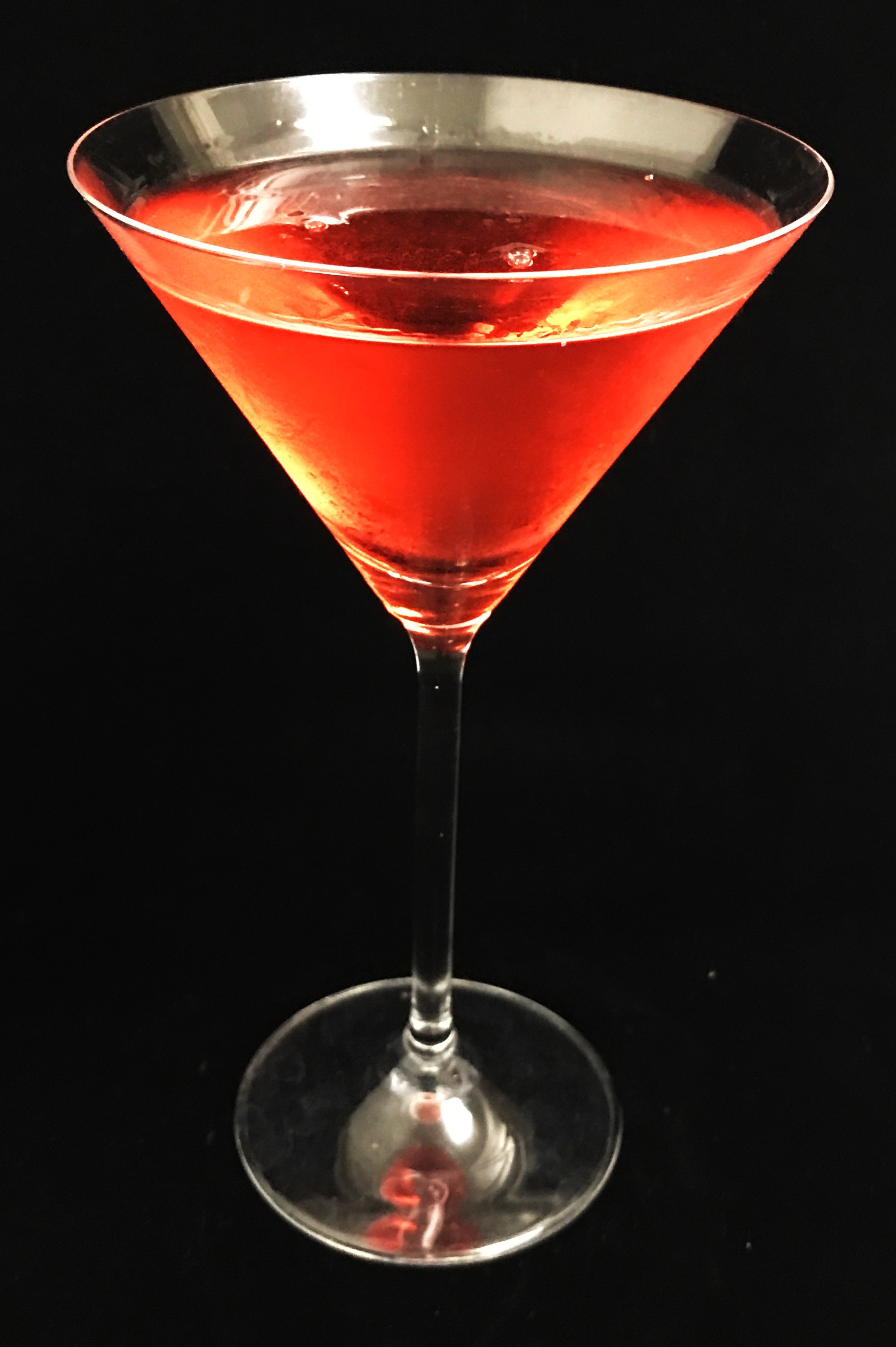
From the bartender’s corner – Gin #8: Esme Gin
First, let me admit that I have no idea where is the distillery that makes this gin. I know it is in France. And I have written multiple times to the distributor that imports it from France. But they had steadfastly, refused to respond.
When you open the bottle – which is pretty cute in shape – the first thing that hits your nose are the citrus notes. This is certainly what would be called a citrus-forward gin. I tried this with some Indian Tonic Water. The nose sure was citrusy and juniper. The palette initially is that of juniper but soon in the finish you sense something even sweeter – almost floral. And that is when you realize that you are drinking one of the rare gins that uses rose petals during the distilling process!
The base of the gin is neutral spirit made from indigenous French wheat. The infusion includes juniper, citrus, orange blossom, cucumbers and rose petals,
Try it some time. You will not be disappointed. Stick with a martini or a gin and tonic (or even gin on the rocks) to truly get a sense of the gin. The rose petal aroma can get very quickly overcome by the ingredients of most cocktails.
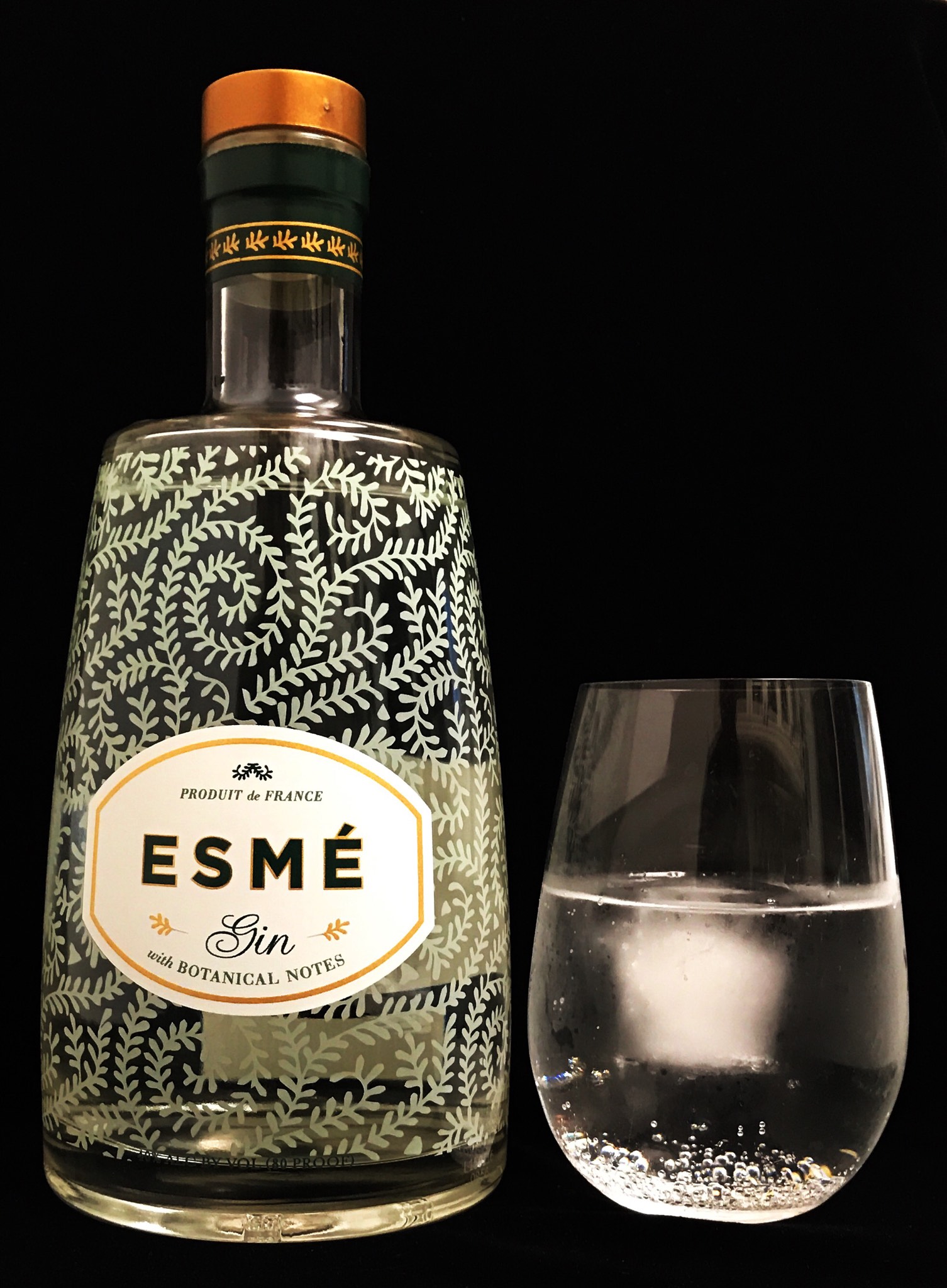
From the bartender’s corner – London Fog
From the bartender’s corner – Gin #7: Opihr Oriental Spiced Gin
Very interesting gin. The brand is built around the Oriental touch. The bottle is decorated with Oriental themed pictures and designs – for example, elephants. Many of the ingredients are sourced from countries along the Spice Route. The spicy cubeb berries come from Indonesia and Malaysia, the black peppers, cardamoms and ginger all come from India, coriander from Morocco, cumin from Turkey and the bitter oranges from Spain. The staple of all gins – juniper is sourced from Italy and angelica comes from Germany. It also has grapefruit peels but I could not find out the source during my research.
These all are put thru the distillation process by master distiller Joanne Moore in G&J Distillery in Birchwood, England. This is renowned to be the second largest distillery in England and they claim to be the oldest. They have been using the same London Dry Gin method since 1761.
I tried this straight up. On the nose the junipers and cardamom were immediately noticeable. The citrus made it presence felt too. On the palette, the juniper was once again felt as was the spiciness of pepper. The finish included traces of orange and what appeared to me as most likely berries.
This should work well with since tonic water (try Fever Tree Indian tonic water) or in classics like a Negroni or a London Fog.
